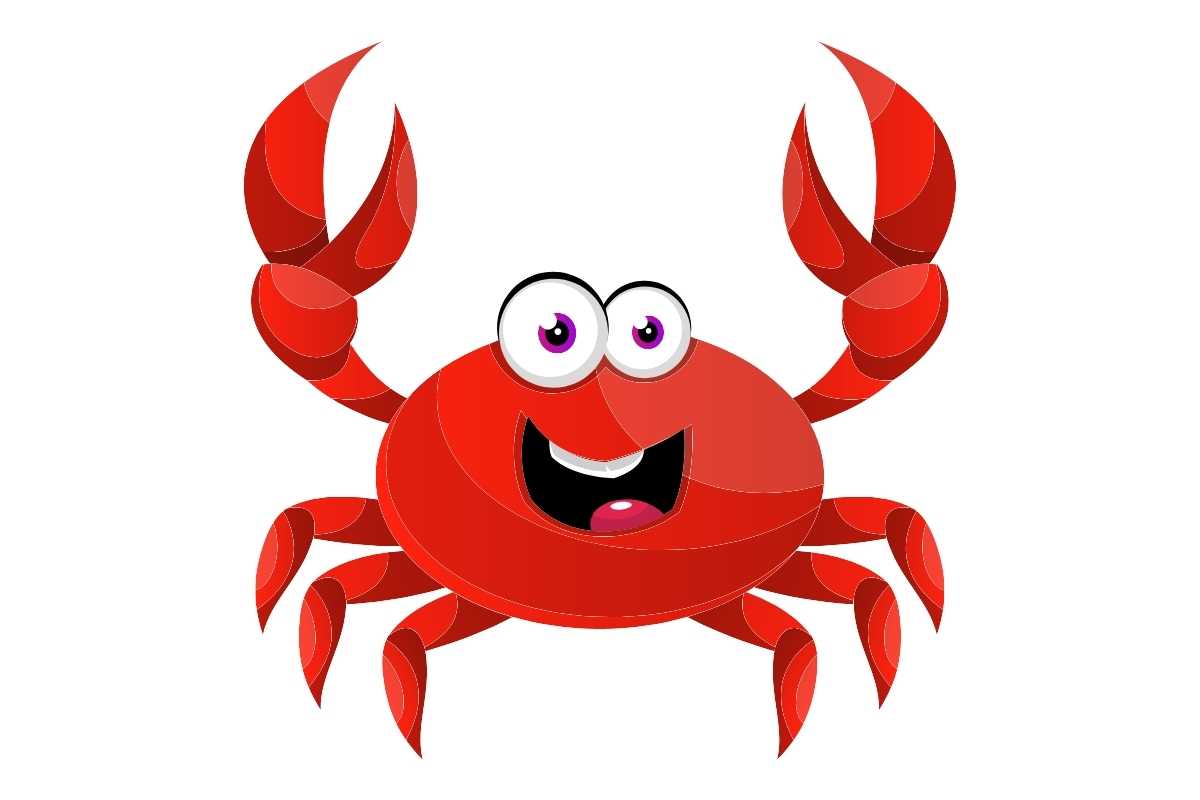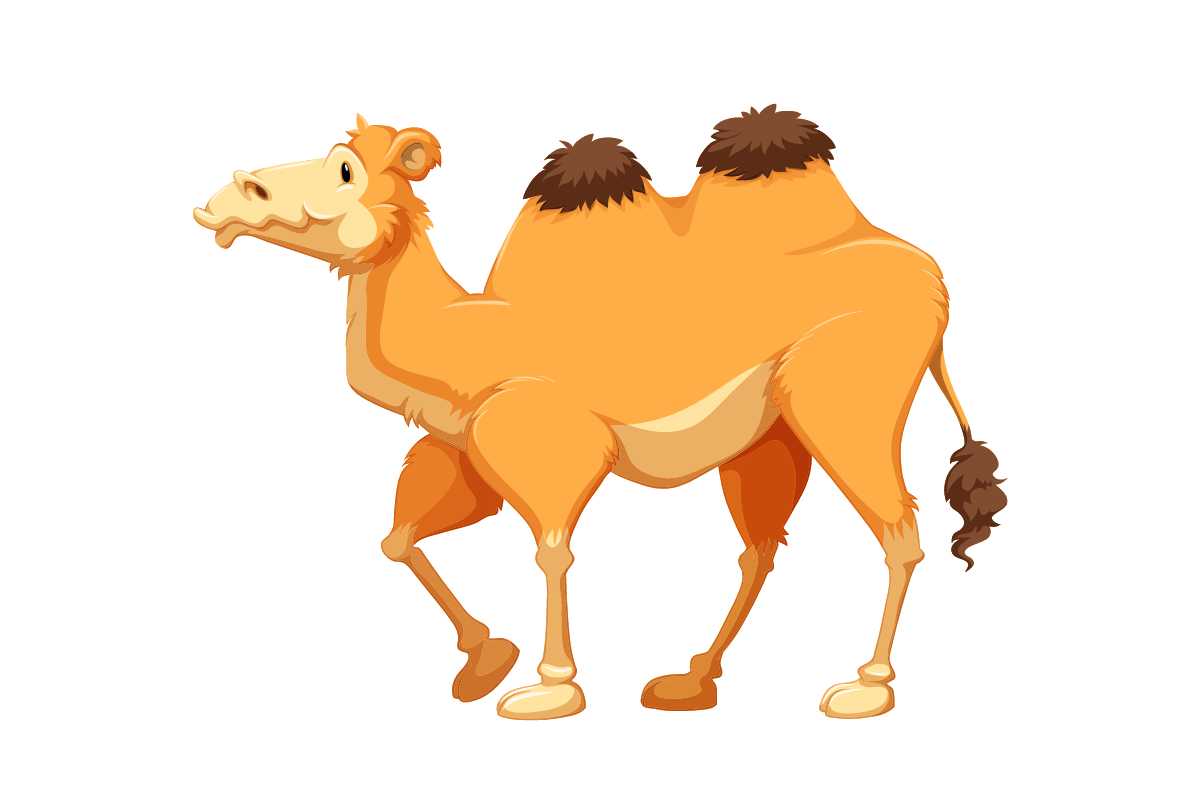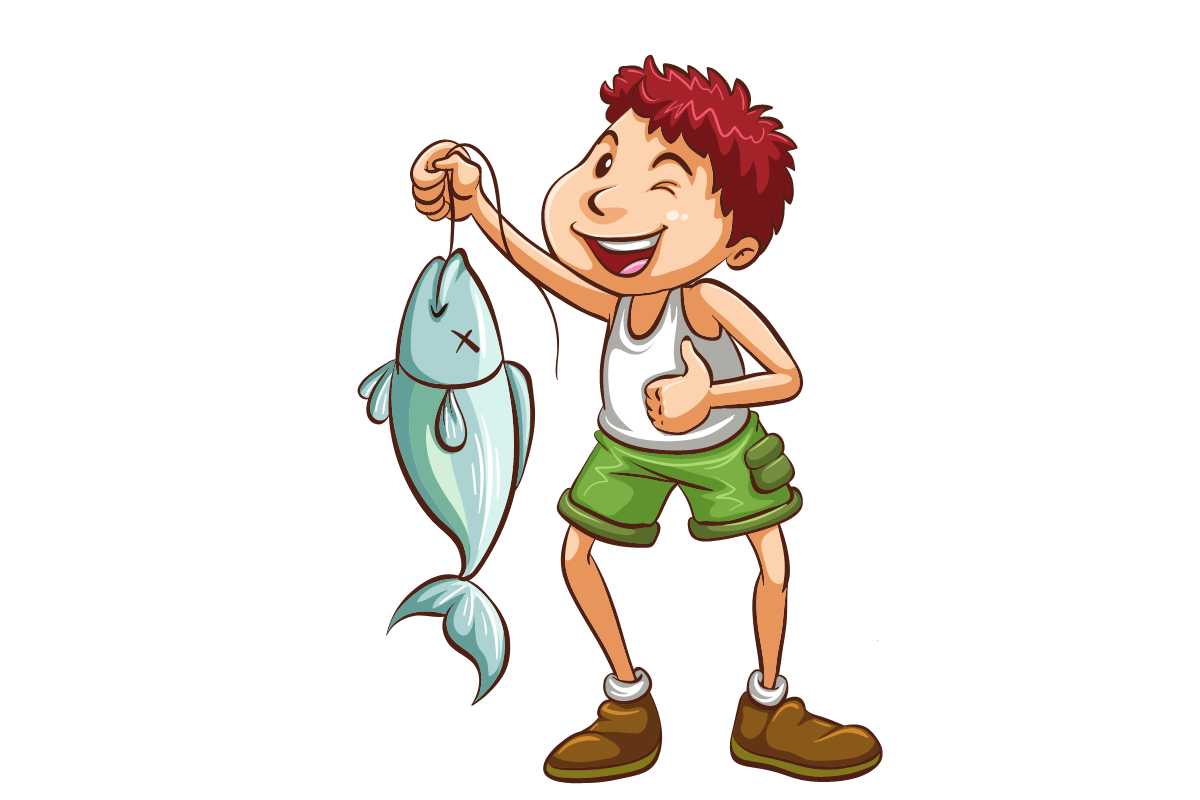Panchatantra Stories: The Panchatantra is an ancient Indian collection of interconnected animal fables and legends. It is thought to have been composed around 300 BCE. The word “Panchatantra” means “Five Principles” in Sanskrit, and refers to the five tactics utilized in the stories to teach moral precepts.
The stories frequently feature animals with human-like characteristics and are meant to teach practical wisdom and ethical counsel. Each story ends with a moral lesson, making the Panchatantra an excellent source of traditional wisdom and storytelling. The stories explore a variety of subjects, including friendship, diplomacy, wit, and morality.
“Experience the evergreen wisdom of the Panchatantra, an ancient collection of Indian fables, as we take into ‘The 12 Best Panchatantra Stories with Moral.'” Each story teaches essential lessons through amazing stories that have lasted the test of time, providing insightful instruction for both young and old.”
The Panchatantra Stories is written by Vishnu Sharma
The Jackal and the Drum
Once upon a time, a little jackal went out of the forest to find some yummy food. He wandered into a big open field and got really tired. So, he decided to take a nap.

Suddenly, a loud noise scared him awake! The jackal got super scared and ran away as fast as he could. But then, he stopped and thought, “Maybe I’m scared for no reason. Let me find out what’s making that noise.” So, he went back to check.
As he walked closer, he found a big drum lying under some vines. Aha! The drum was making a noise when the vines rubbed against it. The jackal got closer to the drum and wondered if there was tasty food inside. He poked a hole in the drum, but, oh no! It was empty.
Even though he didn’t find any food, the jackal felt proud of himself because he faced his fear. He told himself, “Well, at least I’m not scared anymore,” and continued his journey to find some delicious snacks.
The moral of the story is: “Facing our fears is a brave thing to do. Sometimes, when we investigate and understand what scares us, we might discover there’s nothing to be afraid of, and we can feel proud of ourselves for being brave.”
The Sage and the Swindler
Once upon a time, there was a wise sage who never trusted anyone and always kept his money close. One day, a sneaky thief saw the sage carrying a bag and thought it might have something valuable inside. The thief came up with a plan to steal it.

He went to the sage and pretended to be an orphan who wanted to learn from him. The thief told the sage he was honest and convinced him to be his teacher. The sage agreed to teach him.
One day, while they were traveling through a forest, they reached a stream. The sage wanted to take a bath and asked his new student to watch over his stuff. While the sage was busy looking at some goats fighting on the other side of the river, the sneaky thief ran away with the bag.
When the sage came back, he realized that both the man and his bag were gone. He felt really sad and cried, realizing he had been foolish to trust a stranger. The story teaches us to be careful and not trust everyone, especially those we don’t know well.
The moral of the story is: “Be cautious about trusting strangers, as not everyone may be honest. It’s essential to be careful with our belongings and not let our trust be easily taken advantage of.”
The Crow and the Cobra
Once upon a time, there was a big tree where a crow couple and a snake, called a cobra, lived together. But every time the crow laid eggs, the cobra would eat them up. The crow couple was very sad and didn’t know what to do. So, they talked to their friend, a clever jackal.

The jackal had an idea. He suggested they should steal a shiny jewel from the queen and put it into the cobra’s hole. The crow couple thought it was a good plan.
One day, while the queen was taking a bath in a pond, the female crow saw her necklace on a stone. She quickly picked it up, flew over to the cobra’s hole, and dropped it inside. The soldiers saw the crow and chased after her. They found the jewel in the cobra’s hole and banged their weapons into it.
The cobra got scared and came out of the hole. When he saw the soldiers with their weapons, he quickly slithered away and never came back. The soldiers took the queen’s necklace. From that day on, the crow couple lived happily without the cobra bothering them anymore. The story teaches us that sometimes, clever thinking can help solve problems and make everyone happy.
The moral of the story is: “Clever thinking and finding creative solutions can help overcome challenges. It also teaches us that helping others and using our brains wisely can lead to a happy ending for everyone.”
The Crane and the Crab
Once upon a time, there was an old crane that couldn’t catch fish. So, he thought of a plan. The crane sat by the edge of a lake, pretending to cry. A curious crab came over and asked what was wrong. The crane said he heard people talking about no rain for many years, and it made him sad.

Feeling worried, the crab asked how it could help. The crane came up with an idea. He promised to carry all the fish to a nearby lake where there was more water. The crab got excited and shared the news with its friends.
But, the tricky crane had a different plan. Instead of taking them to a better place, he carried the fish to a different spot and ate them all up. When it was the crab’s turn, it climbed on the crane’s back. Along the way, it spotted a pile of fish bones and understood the crane’s real plan.
Not wanting to become a meal, the clever crab bit the crane’s neck. In pain, the crane flew away, and the crab safely returned to its lake. The story teaches us to be smart and careful, especially when someone is not being honest.
The moral of the story is: “Being clever and cautious is important. It teaches us to pay attention and not trust someone easily, especially if they have a history of being tricky. Smart thinking can help us avoid getting into trouble.”
The Lion and the Hare
Once upon a time, in a jungle, there was a lion. The animals of the jungle decided to send one animal each day to be the lion’s meal. The lion agreed not to hunt for animals himself.

One day, it was the hare’s turn. On the way to meet the lion, the hare saw a deep well and noticed his reflection in it. The clever hare got an idea. When he reached the lion, the lion was upset because the hare was very small.
Quick thinking, the hare told the lion that five hares were sent, but four of them were eaten by another lion. The lion got angry and asked the hare to take him to this other lion. The hare said that the other lion lived in a well.
The lion followed the hare to the well and looked inside. He saw his reflection but thought it was another lion. Without thinking, he jumped into the well to fight the “other lion” and ended up hurting himself.
The hare was very happy because he tricked the lion. From that day on, all the animals in the jungle lived happily without worrying about being the lion’s meal. The story teaches us that cleverness can sometimes help us solve problems and live peacefully.
The moral of the story is: “Clever thinking can overcome challenges. It shows us that sometimes intelligence and quick wit can lead to solutions that bring happiness and harmony to everyone.”
The Blue Jackal
Once upon a time, a hungry jackal went to a nearby town to find some food. But, oh no! He was chased by dogs and got scared. In his hurry to escape, he ran into a washerman’s house. There, he accidentally fell into a big drum filled with blue dye. When he climbed out, he became all blue.

He hurried back to the forest, but the other animals were frightened of him because of his strange blue color. Seeing the fear in the animals, the blue jackal came up with a clever plan. He told them that he was sent by god to be their king. The animals believed him and accepted him as their king.
The blue jackal enjoyed being treated like a king by the other animals. But one day, he heard a group of regular jackals howling. Excited, he couldn’t resist and started howling too. The other animals realized that they had been tricked! They quickly chased the blue jackal away from the jungle, learning not to believe everything they heard. The story teaches us to be careful and not trust everything people say, especially if it seems too good to be true.
The moral of the story is: “Honesty is important. Trying to pretend to be something you’re not can lead to problems and, in the end, the truth will be revealed. It’s better to be truthful and trustworthy.”
The Camel and the Three Friends
In a jungle, there was a lion who had three friends – a leopard, a jackal, and a crow. One day, they saw a lost camel. The lion kindly invited the camel to stay with them as a guest in their jungle.

One time, the lion got hurt and couldn’t go hunting for food. He asked his friends, the leopard, jackal, and crow, to find some food for him. But, oh dear! They couldn’t find any food. Instead, they got a tricky idea – they suggested eating the camel.
The lion wasn’t sure about it, but the clever friends convinced him that if the camel himself agreed to be eaten, the lion wouldn’t say no. When the camel came around, the tricky friends twisted the story and told the lion that the camel offered himself food. Believing them, the lion agreed.
But, surprise! The tricky friends didn’t really want to be eaten. They pounced on the camel instead. The story teaches us that not everyone is honest, and it’s important to be careful about the intentions of our friends.
The moral of the story is: “Be careful whom you trust. True friends will not deceive or harm you, and it’s important to choose friends who are honest and loyal.”
The Pheasants and the Sea
There were two pheasants, a boy, and a girl, living happily on a tree by the sea. One day, the girl pheasant got worried about her eggs. She asked the boy pheasant to find a safer place for her eggs because she was afraid the sea might wash them away.

But, the boy pheasant said, “Don’t worry! The sea can’t harm us.” So, the girl pheasant laid her eggs on the tree, and they both went out to find some food.
However, the sea wanted to show its strength. It sent a big wave that washed away the pheasant eggs. When the birds came back, they were sad to see their eggs were gone. So, they decided to seek help from god.
God listened to their request and promised to help. He warned the sea to return the eggs or he would dry it up. The sea got scared, and without any delay, it threw the pheasant eggs back onto the shore. The story teaches us that sometimes, seeking help from a higher power can bring solutions to our problems.
The moral of the story is: “Listen to wise advice and take precautions. Sometimes, it’s better to be safe than sorry. Also, seeking help from others or a higher power when faced with challenges can lead to positive outcomes.”
The Turtle and the Swans

Two swans and a turtle who were the best of friends. Every day, they would meet at a beautiful lake. One year, there was very little rain, and the swans became worried about the lake drying up.
The swans heard about another lake on the other side of a big mountain. They thought it would be a good idea to go there, and they invited the turtle to join them. The turtle explained that he couldn’t fly, but he had a clever idea. He suggested that the swans hold a stick in their beaks, and he would hold the stick in the middle.
The swans liked the idea but warned the turtle not to open his mouth during the flight. As they soared through the sky, they passed over a city. The people below were amazed and excited by the sight of the flying trio. The turtle got so excited that he forgot the warning and opened his mouth to say something. Uh-oh! He tumbled down and got badly hurt.
The story teaches us about the importance of following instructions and being careful, especially when trying something new.
The moral of the story is: “It’s essential to follow instructions and be cautious when trying something new. Ignoring advice can lead to unexpected consequences. Listening and being careful help us avoid unnecessary harm.”
The Three Fishes
In a big lake, there were three fishes. Two of them liked working hard, but the third fish believed more in luck.

One evening, two fishermen walked by the lake. They noticed there were many good fish in the lake, so they decided to come back the next day and catch some. When the hard-working fishes heard this, they got worried. They decided to swim to the other end of the lake and hide to stay safe.
But the third fish just laughed. He said they lived there, and nobody had ever caught them. He didn’t want to go hide. The next morning, the two fishermen came and threw their net into the water. Sadly, the third fish, who didn’t want to leave, got caught in the net along with the other fish.
The story teaches us that sometimes it’s better to be careful and take action instead of relying only on luck.
The moral of the story is: “Hard work and caution are important. Depending solely on luck can lead to unexpected troubles. It’s better to be proactive and take precautions to avoid potential dangers.”
The Miser and his Gold
A man who had a lot of gold, but he was very greedy. Instead of using the gold, he buried it in his garden and counted it every single day.

One day, a clever thief saw the gold and decided to take it for himself. He dug up the hole and stole all the gold. The next morning, the greedy man was shocked to find his gold missing. He cried out that someone had stolen it, and his neighbors hurried to the garden.
“Why didn’t you keep your gold in your house where you could use it?” one neighbor asked. The greedy man replied, “I don’t like spending my money!” He was very angry. To teach him a lesson, the neighbor threw a stone into the hole and said, “Then your gold is no better than this stone!” The story shows us that it’s not enough just to have things; sometimes, it’s more important to use and enjoy them.
The moral of the story is: “Hoarding and not using what you have can make your possessions worthless. It’s better to appreciate and enjoy what you have instead of just keeping it hidden.”
The One-Eyed Doe
was special because one of her eyes couldn’t see. But, even with this challenge, she was a happy, brave, and smart doe. She liked to eat grass on a high cliff, and all the animals in the forest were her friends. She was so clever that she had saved many of them from hunters before.

One day, while she was happily munching on grass on the cliff, a hunter hopped into a boat and headed toward the cliff where the doe was grazing.
Even though she was busy eating, her super-sharp ears heard the danger coming. Quickly, she turned around just in time to see the hunter getting ready to shoot his bow and arrow. The doe, using her quick thinking, ran into the forest and saved herself from the arrow!
The moral of the story is: “Being alert and quick can help you avoid dangers. Even if you have challenges, staying aware of your surroundings can save you from trouble.”
Thank You for Reading the Story from here ☺ if you really wanna get updated, You could also join us on Pinterest by clicking the link below.
| Click Here | |
| Homepage | Click Here |








